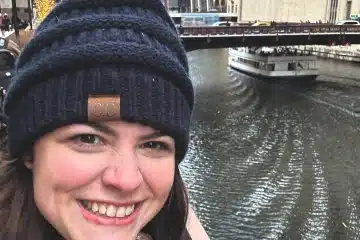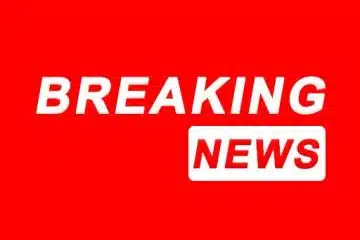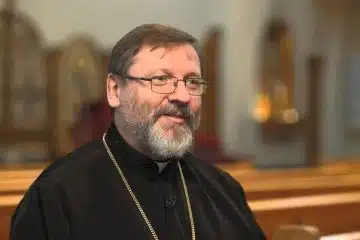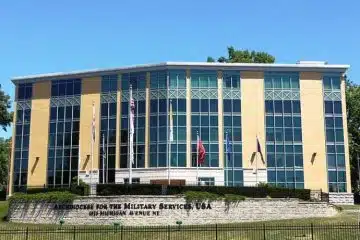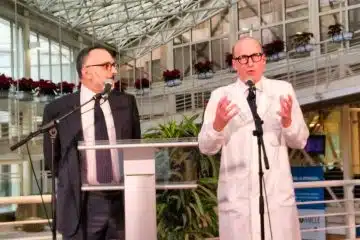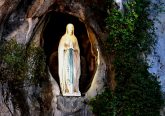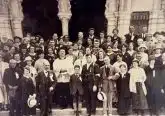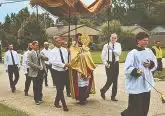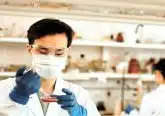Our Lady of Lourdes students tackle projects in IDEA Lab
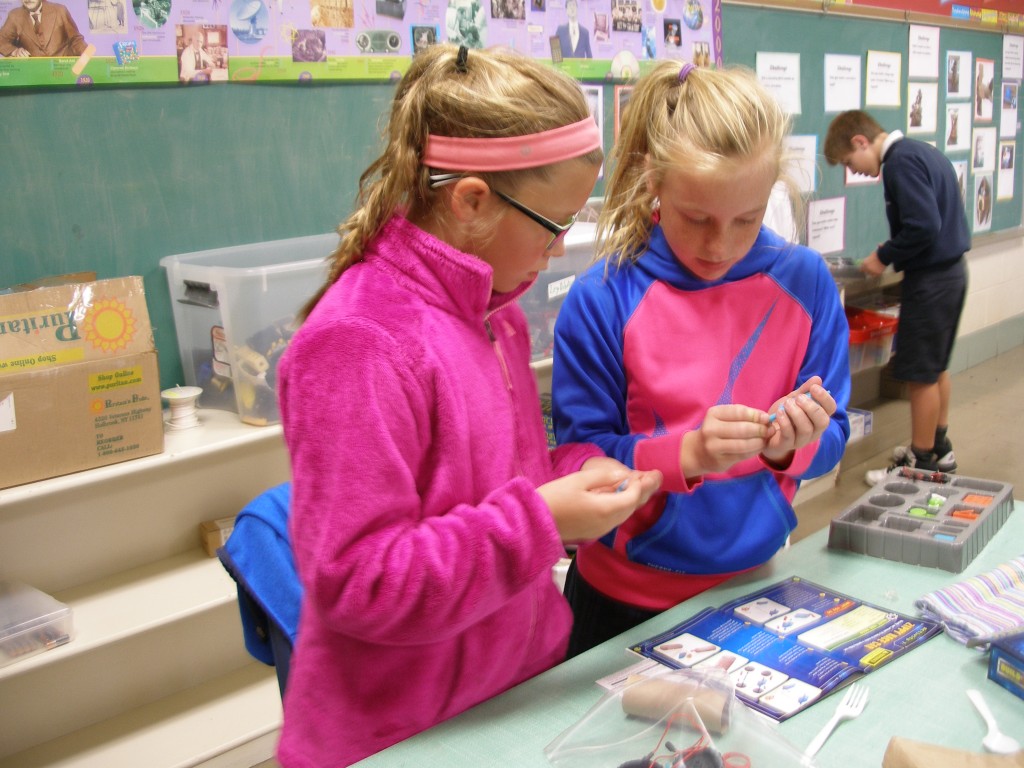
Believe or not, a large number of students at Our Lady of Lourdes School in Western Hills are choosing a lab experience after lunch over the playground.
“At lunchtime it is optional for our students. Rather than going to the cafeteria and playground, they can eat their lunch and go to the lab. We’ve reached the point now where we have more kids going to the lab than we have room for accommodating them,” said Jennifer Ruwe, a teacher at the school who helped coordinate implementation of the program.
The school’s intermediate grades — four, five and six — are participating in the new IDEA Lab. The lab is based on the “Maker Space” movement encouraging students to create. The students have materials to make projects out of wood, cardboard, block and more. They can do such things as knit, sew, complete circuitry projects, use Lego robotics, do computer coding, learn to use and create photos and videos using digital cameras. IDEA is an acronym for “Innovate, Design, Explore and Assemble.”
“We were going to start out just three days a week, but now we’re using the lab four days a week. They go after their lunch. That’s one way we use it,” Ruwe said. “The second way we utilize it is in grades five and six… It’s called the ‘Genius Hour.'”
There are companies today who give employees up to 20 percent of their time to focus on whatever they want to work on — not do their normal jobs. Companies are discovering a lot of good ideas come from that policy — ergo the ‘Genius Hour.’
Our Lady of Lourdes is the first west-side archdiocesan school to adopt the idea. “The fourth and sixth grade teachers went to a technology conference in Indiana where we first heard about it. We thought it would go really well with our lab so for an hour every week our school has provided us with an extra hour in our curriculum. During that hour, children are allowed to work on a project of their choosing,” Ruwe said.
“I have a kid who wants to learn robotics; another student who wants to make a photography album. So, during the ‘Genius Hour’ the kids can work in the IDEA Lab; others go to the computer lab because they are researching things. All of them can use that time during the ‘Genius Hour.’ They have the option of using ‘Genius Hour’ time for their creativity once a week.”
The lab is located in a former school building classroom. The building is now used for other purposes including the lab.
“Students are not graded in IDEA Lab. That, actually, is an important part of it. It is something you can do for the sheer joy of doing it. The whole point of this gives the kids the feeling that it’s okay to fail. I had a boy who was trying to create a balloon-powered vehicle and I saw that it wasn’t going to work. He was making it too heavy … and it was very hard for me as teacher to say, ‘That’s not going to work.’ But, saying that goes against the philosophy that they create and learn from mistakes.” Ruwe said.
The IDEA Lab is becoming popular across the country. It was developed through the do-it-yourself movement and it became very popular when it started on the West Coast. “It’s barely starting around Cincinnati. A bunch of our teachers went to the Seven Hills School where they developed one about two years ago,” Ruwe said.
The teachers jumped at the idea and their students are excited to use the lab.
Fourth grader Cameron James said: “The best thing about the IDEA lab is we get to let our minds go crazy for a whole hour. One project I want to do is make a robot out of Lego robotics.
Laila Sanii James, fourth grade, noted: “The things you do in the IDEA Lab are fun and creative. You learn how to do new things. One project I want to do is make my own cardboard house.”
Kylie Costa, another fourth grader, said: “What I like about the IDEA Lab is you can be as creative as you want and no one will judge you. I want to make is a marble maze.”
Kaitlyn Senger, fourth grade, was quick to note: “The best thing about the IDEA Lab is we can express ourselves without anyone telling us, ‘Make this!’ We get a break from the teachers just telling us what to do. I want to make a balloon powered model car.”
Ruwe said the school of 300 students hopes to expand materials available in lab and offer the lab to grades three through eight, rather than to just 120 children in grades four, five and six. Much of the lab material has been donated by parents, teachers and interested residents of the community. A volunteer will help start woodworking when classes resume after Christmas break in January.


